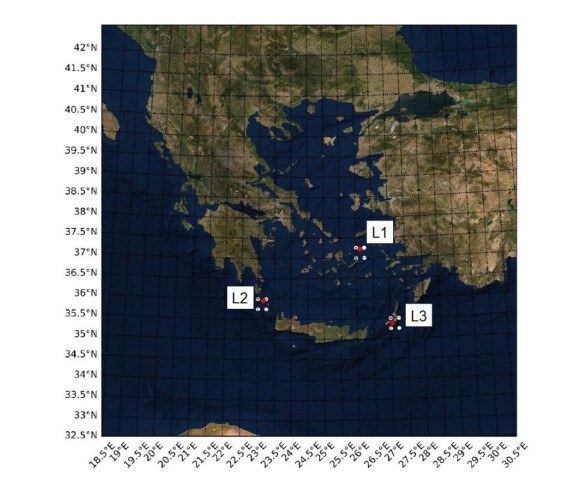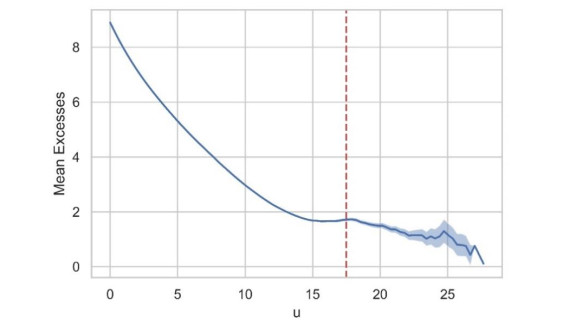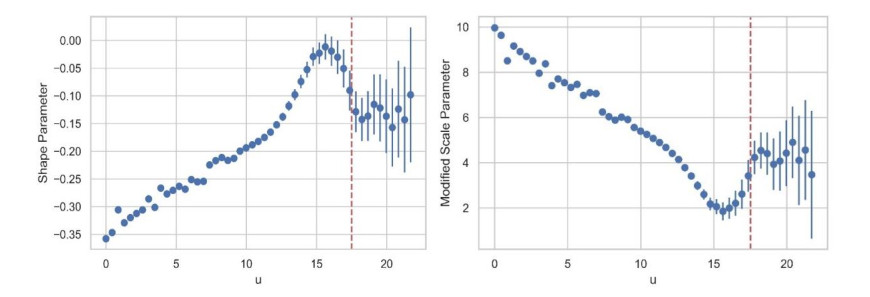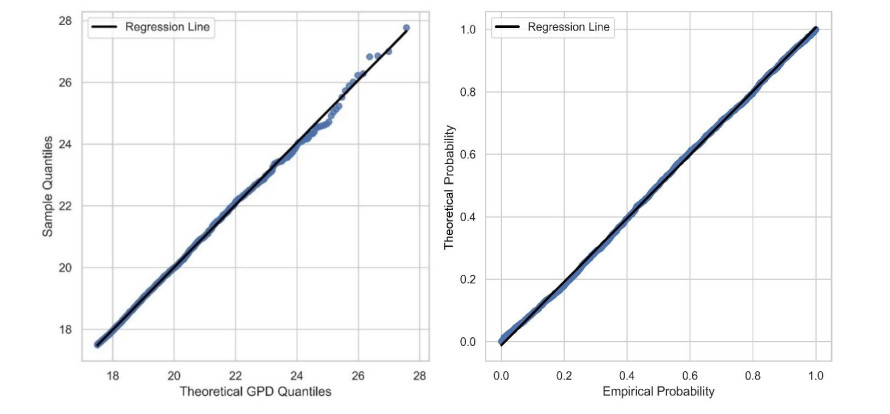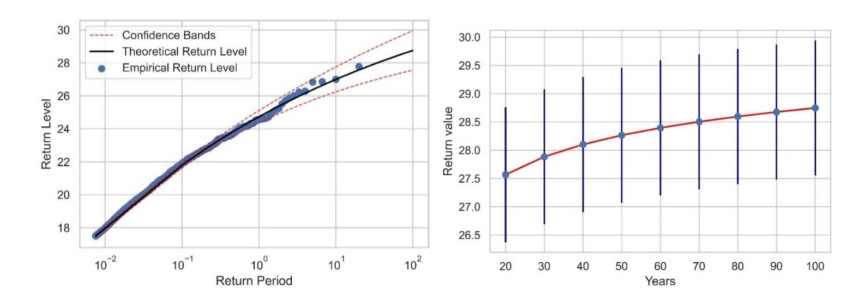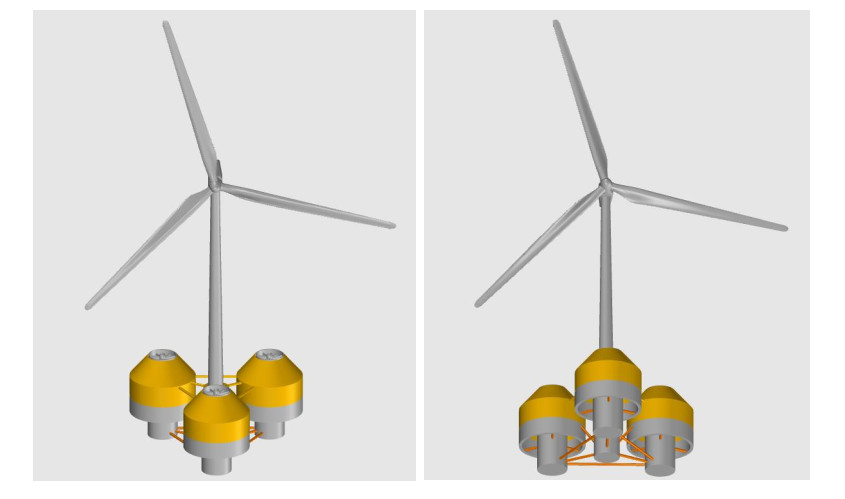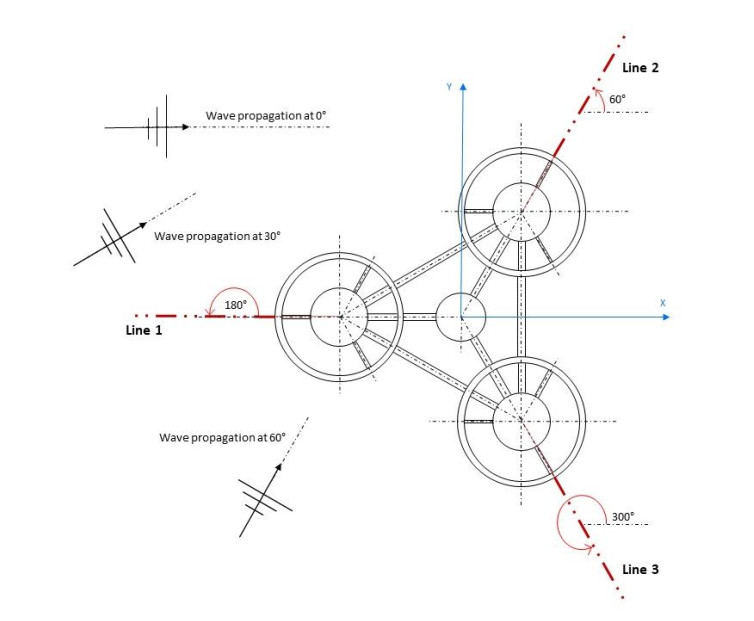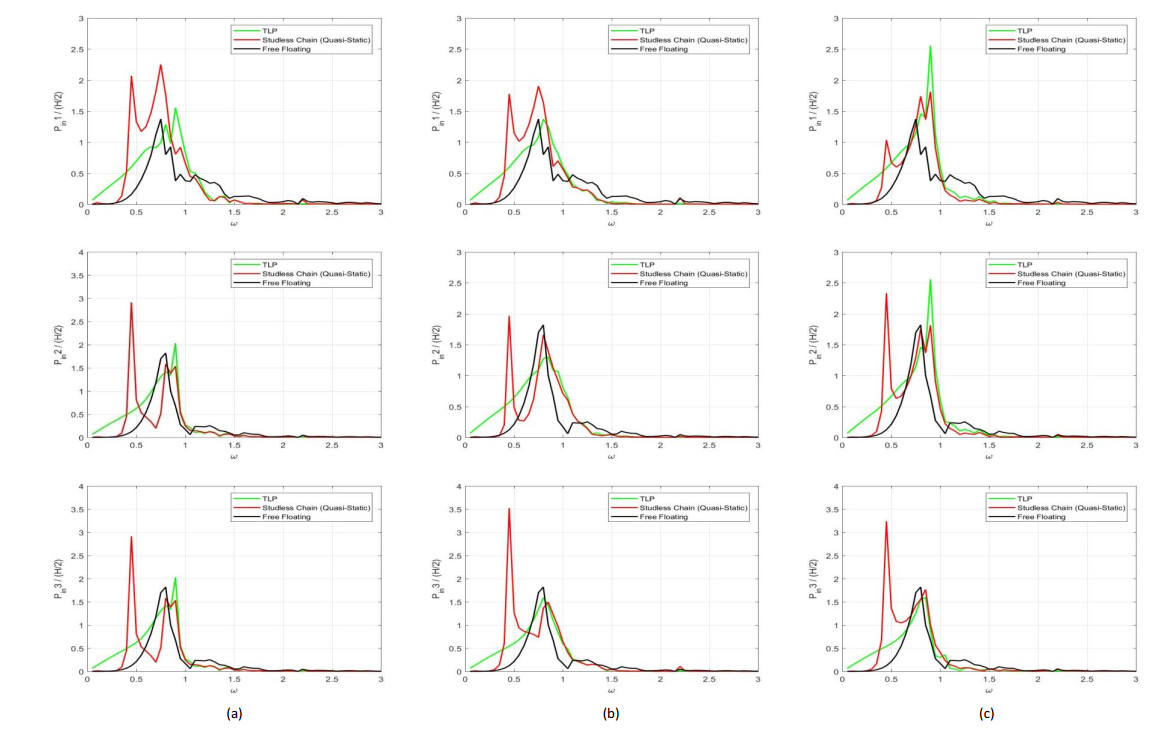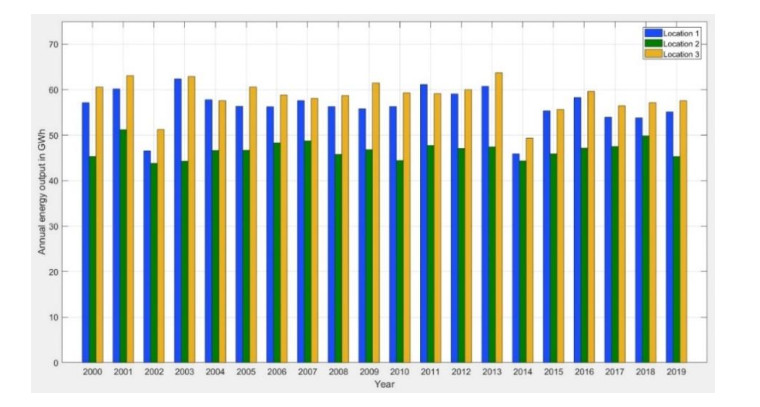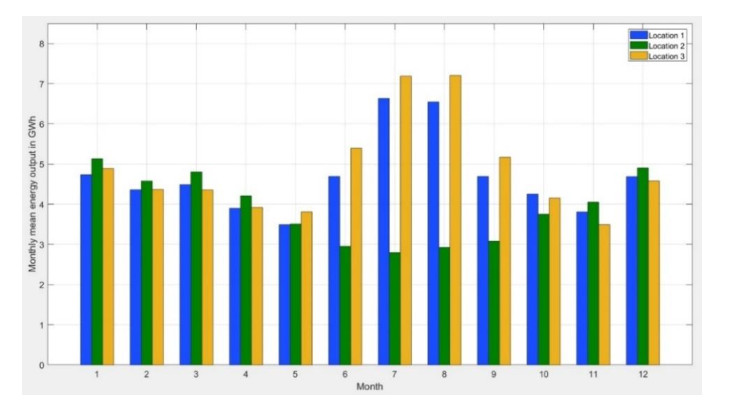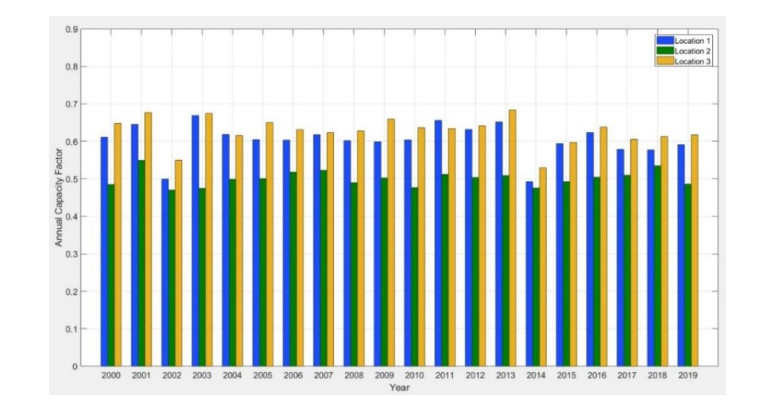1. Introduction
Chronic hepatitis is a global health concern and an economic burden affecting approximately 240 million people worldwide [1]. HBV causes liver disease ranging from acute self-limiting infection, occurring in the vast majority of cases in adulthood, to chronic infection, which occurs when the infection persists for more than 6 months [2,3,4,5]. The latter condition exhibits different phenotypes, ranging from mild hepatitis to liver cirrhosis, eventually leading to liver cancer and end-stage liver failure. Worldwide, more than 780,000 die from liver-related disease each year [1].
Hepatitis B prevalence is highest in sub-Saharan Africa and East Asia, where between 5–10% of the adult population is chronically infected [1]. According to the estimation of the World Health Organization, children under 6 years of age who become infected with the hepatitis B virus develop chronic infections [1]. B cells play major roles in producing antibodies to clear HBV infection as well as protection against reinfection. In chronically infected patients, several studies have shown a disruption in B cell subset distribution as well as a hyper-activation of some B cell subsets. However, the functional characteristics of these cells that are associated with the outcome of chronic HBV infection remain unknown. In this review, we will assess the functional impairment of B cells during HBV infection. Moreover, we will discuss how HBV alters the immune system with a particular focus on the innate sensor, Toll-like receptor 9 (TLR9).
2. Virology and Etiology of HBV
HBV contains a small (3.2 kb), circular, partially double-stranded DNA organized into 4 open-reading frames. The longest open-reading frame encodes the viral polymerase (P). The core and X open-reading frames partially overlap with the envelope open-reading frame [6,7].The covalently closed circular DNA (ccc DNA) is the template that is transcribed to generate four major RNA species: the 3.5 kb, 2.4 kb, 2.1 kb, and 0.7 kb viral RNA transcripts [8]. HBV produces Hepatitis B core antigen (HBcAg), Hepatitis B envelope antigen (HBeAg) called the precore, Hepatitis Bx antigen (HBxAg), and Hepatitis B surface antigen (HBsAg). The persistence of HBsAg in the host for more than six months generally marks a chronic infection with HBV and incapacity of the immune system to produce neutralizing anti-HBs antibodies. Whereas the levels of HBV DNA, HBeAg/anti-HBe and inflammatory markers in the liver such as ALT levels are used to differentiate between different clinical phases of the chronic infection [9].
The natural history of chronic HBV infection generally comprises four phases: immune tolerance, immune activation, non/low replication or inactive carrier and reactivation phase. Some patients might further clear hepatitis B surface antigen (HBsAg) either spontaneously or through antiviral therapy and then progress to the HBsAg seroconversion phase [9,10].
The immune response against the virus represents a key factor in determining infection outcome, concerning both viral clearance and the perpetuation of liver damage [11]. The dynamic interactions between the viruses, hepatocytes, and the host's immune system determine viral persistence and disease progression, which are displayed in distinct phases. However, the role of B cell-mediated humoral immune responses in disease activity and the progression of chronic hepatitis are not well understood. Below we will discuss studies highlighting the status of B cells in HBV infection.
3. Humoral Adaptive Response Against HBV Infection
The current knowledge of the humoral response emerges from the routine monitoring of serological patterns of patients with acute or chronic HBV infection. This allows their distribution into distinct clinical profiles by the humoral response developed against the structural antigens of the virus, namely the core antigens (HBcAg) and envelope or surface antigens (HBsAg). Anti-core (anti-HBc)-specific IgM is the earliest marker of infection, whereas antibodies against HBsAg and HBeAg appear much later and indicate a favorable outcome of the infection [9,11,12,13]. Of note, in certain cases, a mutant form of HBeAg can arise, and therefore cannot be cleared by the host immune response [14,15,16]. These mutants are important because infections caused by these viruses are difficult to treat and can cause infections of prolonged duration and with a higher risk of liver cirrhosis. The mutations are changes in DNA bases from guanine to adenine at base position 1896 (G1896A), and from cytosine to thymine at position 1858 (C1858T) in the precore region of the viral genome [14,15,16].
Anti-HBc specific IgG responses develop during the acute phase and remain after clinical recovery. HBV generated anti-HBs antibodies are viral neutralizing antibodies and mediate protective immunity by both complexing with free viral particles and preventing their uptake by uninfected hepatocytes [17]. Neutralizing antibodies only develop after HBsAg disappearing from the serum and recovery from clinical symptoms. Moreover, they are usually absent in the symptomatic phase of infection as well as in the chronic stage. For this reason, no specific role can be attributed to anti-HBs-positive B cells in the resolution of infection [18]. The cause of the delayed development of neutralizing antibodies is still undefined, even though this feature appears to be unique to viral infections caused by poorly or non-cytopathic viruses [19]. Soluble HBsAg is present in the blood in excess as subviral but not infectious particles and exceeds the number of virions by a factor of 102–105
[20]. Also hepatitis B surface antigen (HBsAg) escape mutations exist which are sP120T, sM133I, sS143L, sD144A/E, sG145R, sE164D, sW172*, and sW182*, which is the most common pattern. Vaccine/HBIg escape mutations sG145R and sP120T in combination with lamivudine (LAM)-associated resistance mutations are often seen in HBV-mono-infected patients following LAM or HBIg treatment. Mutations in HBsAg may (1) result in HBV reactivation by escape mutants in previously antibody to hepatitis B surface antigen (anti-HBs) immune persons, (2) cause diagnostic problems, and (3) result in failure of infection prevention with vaccination or hepatitis B immunoglobulin (HBIg) [21,22].
B cells can have an important, albeit indirect, role in HBV infection control, acting as antigen-presenting cells (APCs) for antiviral CD4+ T cells [23]. They contribute towards distinct functions during the immune response in vivo and affect lymphoid tissue structures [23,24,25]. Indeed, a subset of regulatory, IL-10 producing B cells has been found to be enriched in chronic HBV patients; this subset is correlated with hepatic flares and can suppress the HBV-specific CD8 response in an IL-10-dependent manner [26]. Recently Xu et al. HCC patients exhibited significantly higher frequencies of IL-10 expressing B cells, which were negatively correlated with the frequencies of granzyme A, granzyme B, and perforin-expressing CD4+ T cells. The surface molecule Tim-1 was preferentially expressed on IL-10 expressing B cells. CD4+ T cells incubated with Tim-1+ B cells which exhibited significantly reduced levels of granzyme A, granzyme B and perforin expression, compared to the CD4+ T cells incubated with Tim-1– B cells. Blocking IL-10 in culture rescued CD4+ T cell cytotoxicity. Compared to peripheral blood, the level of IL-10 expressing B cells was upregulated in the resected tumor, while the level of CD4+ cytotoxic T cells was downregulated [27]. The work of Liu et al. also highlighted elevated Bregs that suppressed effector T but enhance Treg functions in CHB patients [28]. Additionally, it is worth mentioning that a direct pathogenetic role of the antibody response has been described in HBV-associated acute liver failure, due to a massive intrahepatic accumulation of anti-HBc IgG-and IgM-secreting plasma cells [29].
In fact, we speculate that the lack of anti-HBs in chronic infection can be partly attributed to a selective exhaustion of specific B cells which has recently been described in different models of chronic antigen exposure [30,31]. A general hyperactivated non-functional phenotype of some B cell subsets leading to a disrupted B cell distribution [32] may be responsible of the lack of humoral response towards HBsAg in CHB patients. In summary, recent B cell biology research in HBV infection has been largely neglected to date and it should now represent a main research focus to better understand the mechanisms underlying the interaction between the innate and humoral arms of the immune system. These studies will highlight the potential role played by B cells in the pathogenesis and outcome of HBV-related liver disease.
4. Alterations of B Cell Subsets in the Context of HBV Infection
Persistent viral infections, particularly if accompanied by chronic immune activation, are occasionally characterized by an increased frequency of antigen-specific B cells. Some B cells have an exhausted phenotype and are, therefore highly dysfunctional, having been exposed to a large load of viral antigens at sites of inflammation, as shown in HIV infection [30,33]. Moreover, protracted antigenic stimulation may result in B cell activation and polyclonal proliferation, potentially leading to autoimmunity and lymphoproliferative disorders [34]. To approach the elusive role of B cells in HBV and HCV infection, the paper by Oliviero et al. addressed the extent of B cell activation and differentiation in HBV and HCV patients with chronically persisting infections [32]. The authors found a high frequency of activated B cells, both in patients with chronic HBV and HCV infection, and both in the naive and the memory B cell pool. However, B cells did not exhibit increased markers of exhaustion. Upon stimulation by toll-like receptor engagement or combined CD40L and interleukin-10 stimulation, the memory B cells both from HBV and HCV carriers showed a relatively low rate of differentiation into plasma cells; the proliferative response of stimulated naive and memory B cells from virus carriers was lower than that of healthy donors. These findings seem to indicate that polyclonal B cell activation may be a feature of chronic HCV infection, as well as of chronic HBV infection. Nevertheless, the rate of memory B cell proliferation and differentiation to plasma cells was low [32].
Overall, limited data are available regarding B-cell dysfunctions in patients with CHB and the impact of possible therapeutic strategies on the B cell compartment [35,36,37,38,39]. In a previous report, a B cell activation profile with an enhanced differentiation capacity into immunoglobulin-producing cells was observed in the context of HBV infection [32]. The lack of appropriate seroconversion paralleling the evolution towards chronicity nevertheless demonstrates a dramatic impairment in B-cell responses. Interestingly, disorders in B-cell subset phenotype and function have been described in other chronic viral infections such as in HIV-1 [40,41] and HCV [32,42,43]. The mechanisms leading to these dysfunctions as well as the impact of the current therapies on the B cell population have not been elucidated in chronic viral infection and need to be further investigated.
On the other hand, it has been shown that the majority of patients with chronic HCV infection, as well as HIV infected patients, carry a substantial proportion of over-activated B cells that belong to both the na ve and memory B cell compartment [30,40,43,44]. However, patients with HCC demonstrated extreme depletion of memory B lymphocytes, and the ratio of na ve/memory B lymphocytes was significantly increased in HCC patients compared with healthy controls. In addition, there was a significant inverse correlation between HCC disease stage and the percentage of memory B lymphocytes. Thus, humoral immunity was depleted with a progression of HBV mediated HCC and that depletion of memory B lymphocytes may be a characteristic phenomenon in chronic viral infections [45]. However, more has to be done to understand the precise events leading to this disruption in B cell distribution and consequently an alteration in B cell responses.
Some cytokines, such as IL-6, IL-10 and IFN-γ, have been reported as required for B lymphocyte development, and these cytokines are deregulated in HBV-infected patients [46,47,48]. In fact, we see an upregulation of IL-10 immunosuppressive cytokine in CHB patients which may reflect a weaker immune response. IL-6 levels in hepatitis B early antigen (HBeAg) (+) and HBV-DNA (+) patients were significantly higher than HBeAg (–) and HBV-DNA (–) patients [49].
In fact, the deregulation of pro-inflammatory and/or anti-inflammatory cytokines reflects precisely the change in B cell subsets distribution in HBV infection.
These effects were reversed in subjects with HBsAg seroconversion meaning that there is a restoration of B cell distribution and function in resolved patients [50]. However, the underlying mechanisms of general B cell hyperactivation, an abundance of hyperactive nonspecific-plasma cells evidenced by the elevated plasma IgG and IgM levels and the increased secretion of IgG and IgM upon stimulation in vitro, in chronic HBV infection remain unknown.
Additionally, Xu X et al. also suggested that the antigen-presenting capacity of B cells was impaired in CHB patients, shown by a decrease in CD80 expression [27]. Because the ligation of CD28 on CD4 T cells by CD80/CD86 on B cells represents a dominant co-stimulatory pathway that plays a critical role in CD4 T cell activation and proliferation, the downregulation of CD80 on B cells in CHB patients may influence the induction of CD4 T cell activation and proliferation. Indeed, in chronic HBV infection, not only are HBV-specific CD4 and CD8 T cell responses significantly diminished [51,52] but a generalized T cell hypo-responsiveness has also been demonstrated [53].This T-cell hypo-responsiveness might be a consequence of functionally impaired dendritic cells [54]. Thus, as critical antigen-presenting cells, B cells might also be involved in T-cell impairment in chronic HBV infection. This finding also supports the hypothesis that HBsAg might play a key role in the inhibition of HBV specific responses, thus leading to the failure of HBV clearance in CHB patients and suggest that the promotion of HBsAg-specific B cells would be a favorable new therapeutic strategy for this disease. During persistent virus infections, continuous B cell activation may result in an accumulation of exhausted B cells that have defective function and increased expression of inhibitory receptors as described for HIV [30,33]. However, patients with chronic HBV and HCV infections maintain the ability to produce antibodies to recall antigens and are able to respond to soluble-protein vaccines. Thus the mechanism of B cell impairment is not yet fully understood and requires more investigation.
5. Role of TLR9 on B Cell Function
Viruses are recognized by the host through early receptors called Pathogen Recognition Receptors (PRR). The main PRR families include the Nod-like receptors (NLRs), the retinoic acid-induced gene (RIG)-like receptors (RLRs), and Toll-like receptors (TLRs), and all members play a key role in the initiation of the innate immune response and link innate to adaptive immunity [55]. Among these TLRs, TLR9 recognizes synthetic viral DNA in the form of unmethylated CpG oligonucleotides. TLR9 expression is restricted to pDCs and B cells in human. Upon TLR9 stimulation by distinct classes of CpG oligonucleotides (CpG ODN) B cells are induced to proliferate and secrete IgM and pro-inflammatory cytokines such as IL-6, IL-8 and TNF-α, antigen presentation, Ig isotype switching and cell survival for long-lived plasma cells and memory B cells [56]. In the context of B cell response, TLR7 and 9 stimulation provide a third signal that synergizes with BCR triggering (signal one) and T cell help (signal two) resulting in the induction of sustained proliferation and differentiation of human naive B cells. While signal one and two together are sufficient to drive initial proliferation of naive B cells, they fail to sustain B cell expansion and the proliferating B cells die after a few divisions. TLR9/7 stimulation rescues proliferating B cells that progressively switch isotype and differentiate to plasma cells [57,58].
Thus TLR9 is crucial for B cell priming and therefore B cell function. Below we will have summarized how HBV abrogates TLR function, with a particular focus on TLR9.
6. HBV and TLRs
It has been well described that innate immunity is compromised in the presence of viral infections especially by oncoviruses that will induce this downregulation and abrogation of the immune system's components to expand the infection and proliferate within the host. Recent studies have highlighted specific interactions of HIV, HBV, HCV, Epstein Barr virus (EBV) and Human Papillomavirus (HPV) with regulatory molecules [58,59] that lead to impaired PRR signaling [59,60,61,62].
HBV is claimed to be a "stealth virus" in the early phase of infection because it does not induce IFNs and IFN-stimulated genes (ISGs) in acute HBV-infected chimpanzees [63] or patients [64]. Two possibilities could explain this fact: the inability of HBV to activate PPRs or viral inhibition of PPR signaling pathways. Accumulating evidence supports the latter hypothesis that HBV can interfere with PRR signaling pathways. It has been consistently shown that TLR expression and function are reduced during HBV infection. Listed in table 1 are mechanisms used by viruses to evade TLR specific-mediated responses (Table 1).
Table 1. Mechanisms employed by HBV to avoid TLR specific-mediated responses.
| Model |
Mechanism |
HBV protein involved |
References |
| PBMCs of CHB patients |
Impaired TLR2 and TLR4 ligands-induced pro-inflammatory cytokines production |
HBsAg |
[60] |
| Monocytes/macrophages |
Interference with TLR-induced ERK, JNK, and NF-κB pathways |
HBsAg |
[65,66,67] |
| Myeloid dendritic cell |
Impair myeloid dendritic cell function |
HBsAg |
[68] |
| Plasmacytoid dendritic cells |
Abrogation of TLR9-mediated IFN-α production |
HBsAg |
[69,70] |
| Murine chronic HBsAg carriers |
Decreased number and declined activation of the hepatic NK cells |
HBsAg |
[71] |
| (HBeAg)-positive CHB patients |
Interference with TLR-mediated innate immune responses and regulation of TLR2 |
HBeAg |
[72,73] |
| Mouse parenchymal and nonparenchymal liver cells |
Suppression of TLR-mediated innate immune responses |
HBV, HBeAg and subviral particles |
[74] |
| HepaRG cell line and primary human hepatocytes |
Inhibition of Toll-like receptor 3 and RIG-Ⅰ/MDA5 signaling pathways |
HBV |
[75] |
| CHB patients |
Suppression of the activation of the toll-like receptor signaling pathway as well as downregulating IL-18-mediated cell signaling and IFN-γ expression |
HBeAg |
[76] |
| CHB patients |
Inhibition of TLR7 and TLR9 |
HBV |
[59] |
| Human hepatocytes |
Inhibition of TLR3-mediated IFN-β induction through interference with IRF3 activation |
HBV polymerase and HBx |
[77] |
| Hepatoma cells |
Suppression of TNF-α, TLR3 or TLR4-induced NF-κB signaling by inhibiting the activity of IKKs via interaction with Hsp90b |
HBV polymerase |
[78] |
| Hepatocytes, Kupffer cells, and peripheral monocytes |
Regulation of TLR2 expression |
HBeAg |
[73] |
| Hepatocytes |
Blocks pattern recognition receptor signaling (IRF activation) via Interaction with DDX3 |
HBV polymerase |
[79] |
7. HBV and TLR9
Of note, the role of TLR9 signaling in B cells during HBV acute infection could be relevant in light of the importance of the humoral response in the outcome of HBV infection and therefore deserves more attention. Indeed TLR9 deregulation by HBV has been noted on other cell types than B cells. Martinet et al. found that pDCs from patients infected with CHB displayed inadequate responses to stimulation with TLR9 ligands and were unable to induce cytolytic activity of NK cells [80]. This result was supported in a study by Xu and colleagues, which used TLR9 ligands to stimulate pDCs and found impaired type Ⅰ interferon responses [81]. Ratnam et al. reported that the stimulated NK cells of patients infected with CHB had an impaired interferon γ response to TLR9 ligands in comparison with controls [82]. Another study showed that mRNA levels of TLR9 were negatively correlated with serum levels of liver enzymes, while positively associated with HBV viral load in patients with CHB [83]. Zhou et al. also reported that expression levels of TLR9 were significantly decreased in patients with CHB [84]. In parallel with these results, Xie and colleagues showed that expression levels of TLR9 mRNA and protein levels were decreased in pDCs of patients with CHB in comparison with healthy controls [85]. Taken together, these data highlight the efficiency of HBV in silencing the innate response by blocking TLR9 function on pDCs. Therefore, to better understand at which step TLR9 is affected, we may propose that TLR9 expression, as well as TLR9-mediated functions, should be studied in all four stages of the chronic infection as the immune system profile is not the same.
Indeed an analysis of PBMCs from chronic hepatitis B and HBV associated hepatocellular carcinoma patients suggest that TLR9 mRNA levels are downregulated in CHB and that TLR9 protein is drastically reduced in both CHB and HCC patients [86,87] although some studies contradict this data [88]. This can be explained by the differences in the patients profile between various clinical studies and can also come from the fact that TLR9 expression is measured during the different clinical phases of chronic HBV infection. More recently shown is that the frequencies of CD19+ B cells and Bregs were elevated in patients with chronic HBV infection compared with healthy control (HC). However compared with the HC group, the expression of TLR9 in Bregs was reduced in chronic hepatitis B (CHB) patients [89]. Our group is currently elucidating the mechanism of TLR9 transcriptional abrogation by HBV in B cells. Takeshita observed that TLR9 transcription depends on phosphorylation of cAMP Response Element-binding protein (CREB) [90]. Data in our lab show that HBV can block pCREB and thus prevents TLR9 transcription. Furthermore, data from our laboratory suggest that TLR9 expression is downregulated on all peripheral blood B cell subsets and that some TLR9-mediated functions (proinflammatory cytokines secretion, B cell proliferation) are impaired in CHB patients. Figure 1 represents a scheme of the proposed model for HBV chronic infection effect on TLR9 and B cell functionality.
Despite these data, another group has suggested that TLR9 stimulation may induce liver damage (inflammation, fibrosis, steatosis), involving non-parenchymal liver components [91]. Thus HBV-mediated TLR9 inhibition may reduce liver inflammation thus facilitating its persistence within the liver. Therefore, understanding TLR9-HBV interactions holds future promise not only for the fundamental aspects of HBV persistence but also for the development of novel immunotherapeutic strategies for chronic hepatitis B infection.
8. Conclusion
While the central role of adaptive immunity in controlling HBV infection is well established, the contribution of innate immunity in this regard has been appreciated only in recent years. HBV and its viral components are associated with the inhibition of TLR signaling pathways that lead to impaired IFN production but also a disturbance in B cell homeostasis. Whether the innate immune responses could control HBV infection if initiated in the early phase of HBV infection must be determined. It is documented that the activation of TLR mediated signaling pathways not only exhibits direct inhibition of HBV replication but also enhances HBV specific T-cell and B-cell responses and could partially restore TLR expression in patients. C Aspord et al. [50] show that Peg-IFN-α may trigger modulations of the B-cell compartment either directly by influencing B-cell differentiation and antibody production or indirectly by activating other immune cells such as dendritic cells and T cells that can subsequently modulate B cell differentiation and function.
In summary, a treatment strategy with a combination of viral suppression [50,86], activation of TLR-mediated innate immunity and consequently restoration of HBV-specific immune responses are needed to achieve effective long term control of chronic HBV infection. This would also restore impaired B cell subsets distribution and restore HBV specific B cell responses even if it is non-persistent and not correlated with an HBsAg seroconversion.
Acknowledgments
This study was funded by the "National Agency for AIDS and Viral Hepatitis Research (ANRS)", "La Ligue Contre le Cancer" du Rhone, Lyon, France and the Lebanese Ministry of Education, Lebanon. We thank the Flow Cytometry Core Facility, SFR BioSciences Gerland UMS3444 and the French Blood agency (EFS) for their contribution in the clinical studies.
Conflict of Interest
The authors declare no conflicts of interest in this paper.









 DownLoad:
DownLoad: 


